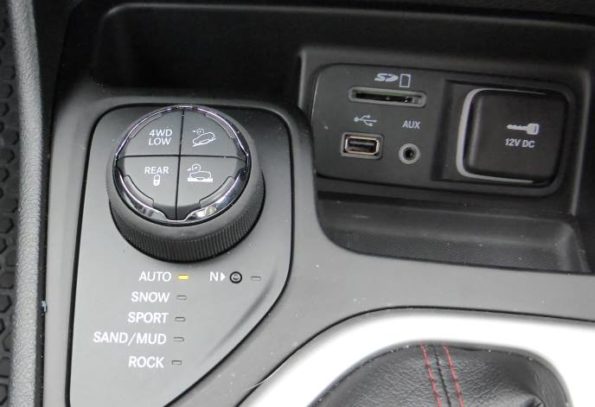New cars have many technological driver aids to keep the driver safe, but some of them cause drivers to develop bad habits. If you are learning to drive and technology is compensating for your bad driving habits, you will fail your driving test.
Don’t use this technology in your driving test
Bluetooth phone integration
In the driving test, your phone should be off and either in the glovebox or in your pocket. You shouldn’t be having any phone calls coming through the car’s Bluetooth system or messages displaying on any screen. As a learner, you’re not permitted to use a phone at all while driving.
Navigation devices
The instructor will give you the directions you need to follow as they will be following one of the prescribed routes. Turn your navigation system off.
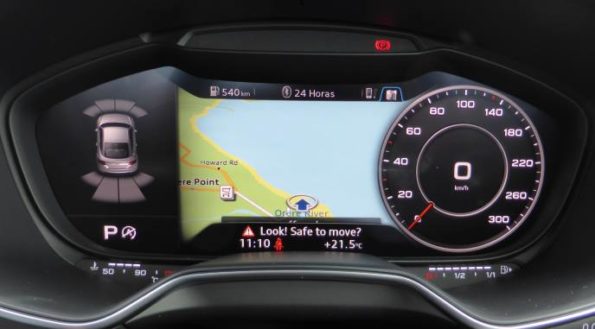
Automated parallel and bay parking
Some cars will take over the steering of a parallel parking or bay parking manoeuvre – all you have to do is control the throttle and brake. Other cars do even more than that. Needless to say, you need to be in control of the car at all times, so don’t use automated parking.
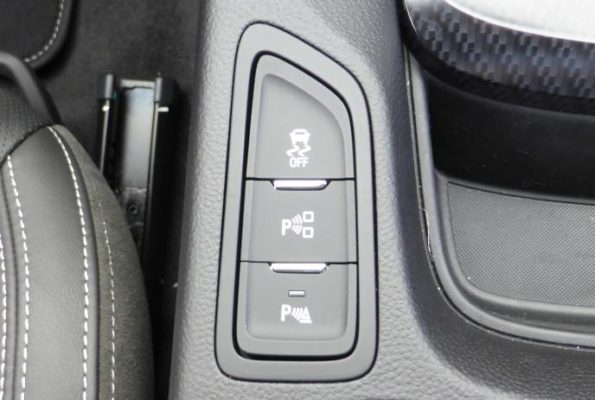
Blind spot warning system
Blind spot monitoring and similar warning systems make you aware of vehicles approaching over your left and right shoulder where it’s hard to see in the mirror. These systems usually either display an orange light as someone approaches, then flash that light or play a sound if you turn your indicator on, or they just warn you if you turn your indicator on when there’s someone there.
Always remember to check your mirrors and in your blind spot before signalling. If you signal and the blind spot monitoring system activates, this could mean a critical error as it implies you have not properly looked for vehicles in your blind spot.
Some vehicles even have a camera on the wing mirror which displays an image in the dashboard.
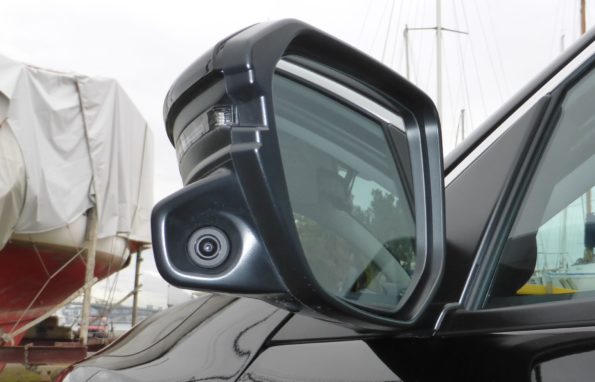
Automatic emergency braking
If automatic emergency braking activates, it means you’ve failed to see the developing hazard in time. It’s likely that this is the end of the road for you.
Automatically dipping headlights
This technology detects if a car is coming towards you and dips the headlights automatically. However, it’s not 100% foolproof. While it’s unlikely you’ll be doing your driving test at a time or place when you can use full-beam headlights, it’s still good to turn them off.
Eco mode
Eco mode often reduces the power to the engine. You don’t want to be in a situation where you needed that extra power to pull across an intersection, but you didn’t have it.
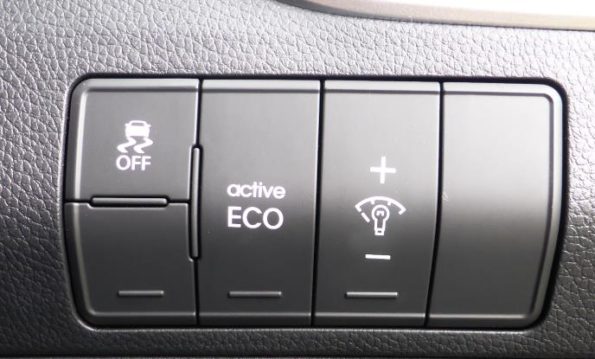
Sport mode
Sport modes can do anything from simply changing the gear ratios to making the suspension and steering stiffer. Unless you are driving in a sporty manner (not recommended for a driving test) sport mode simply makes things worse. Leave everything in normal or automatic mode. The last thing you want is it blipping a throttle on downshifts or holding a low gear.
The radio
The examiner doesn’t want to listen to your beats.
Cruise control
You’re not fully in control of the vehicle when you’re using cruise control.
Reversing cameras
While you should never make a final judgement based on the camera image alone, having the image there can help. Just don’t forget to look in your mirrors and out your back window as this is the proper way to reverse. You will be failed if you only look at the reversing camera screen when reversing.
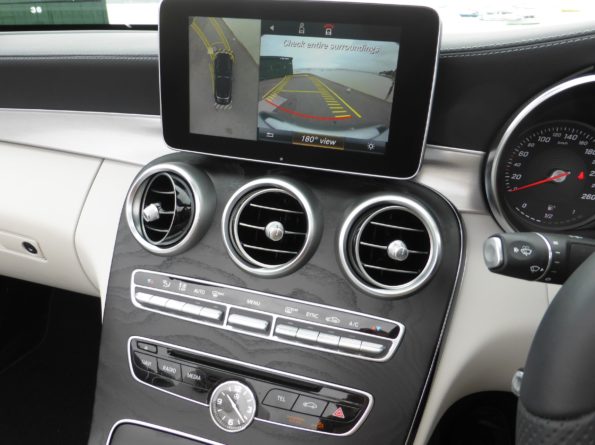
Technology you can use
Parking sensors and rear cross traffic alert
Use any sensors and visualisations just in case there are obstacles in your blind spots. Don’t forget to look properly, though, otherwise you’ll fail.
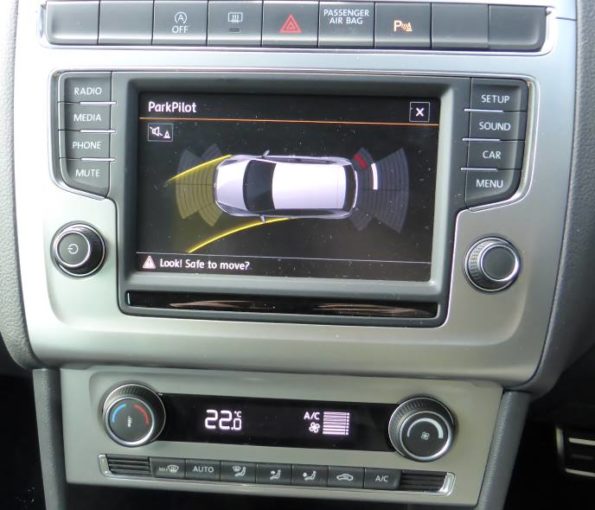
Rear cross traffic alert warns you if a vehicle is approaching in your blind spot while you are reversing. It will beep if someone is approaching in your blind spot. You shouldn’t be penalised for observing its warnings as the idea is that it is covering an area that’s impossible for you to see.
Lane keep assist
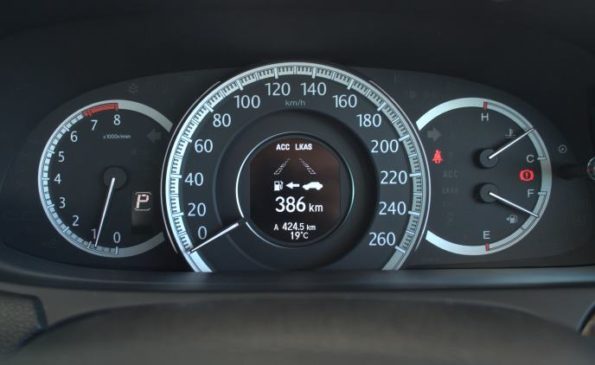
Lane keep assist or lane departure assist applies gentle pressure to your steering if you start to drift towards the white lines. This is a useful feature as changing lanes without indicating is a fault. If your indicators are on, lane keep assist is temporarily disabled, so it won’t activate when you are genuinely changing lanes.
Speed limiter
Some cars have both cruise control and a speed limiter option. You can set the limiter to the maximum limit to avoid speeding, but bear in mind that if you change speed limit zone, it may prevent you from accelerating unless you turn it off or you override it by pushing your foot right to the floor (which may then give erratic acceleration that you could be penalised for).
Head-up display
A head-up display projects your speed and other useful information onto the windscreen. The examiner won’t be able to see it. It’s a good way of keeping an eye on your speed without having to keep glancing down at the speedometer.
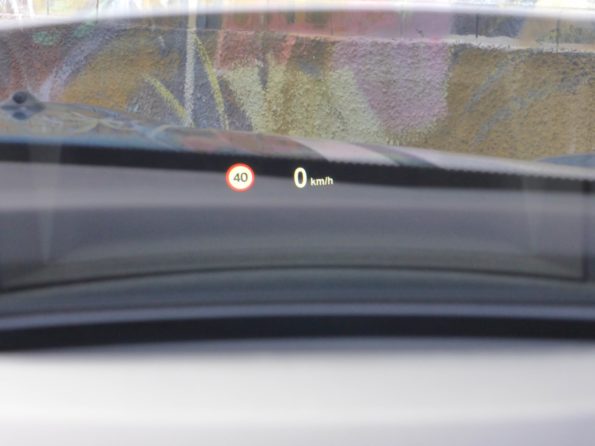
Forward collision warning
This will be enabled by default. If this activates, then you haven’t reacted quickly enough to a developing hazard ahead. It will warn you to brake heavily to avoid a collision. A driving test will definitely be over if you have a collision; whether or not it’s over for you not braking early enough depends on the circumstances.
Traction control
Leave traction control on as it will help you when turning out of tight intersections – you’re less likely to wheelspin.
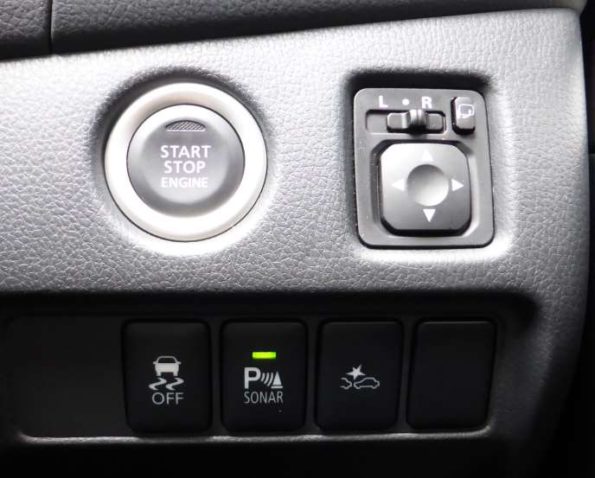
Keep any drive mode in road or auto.
